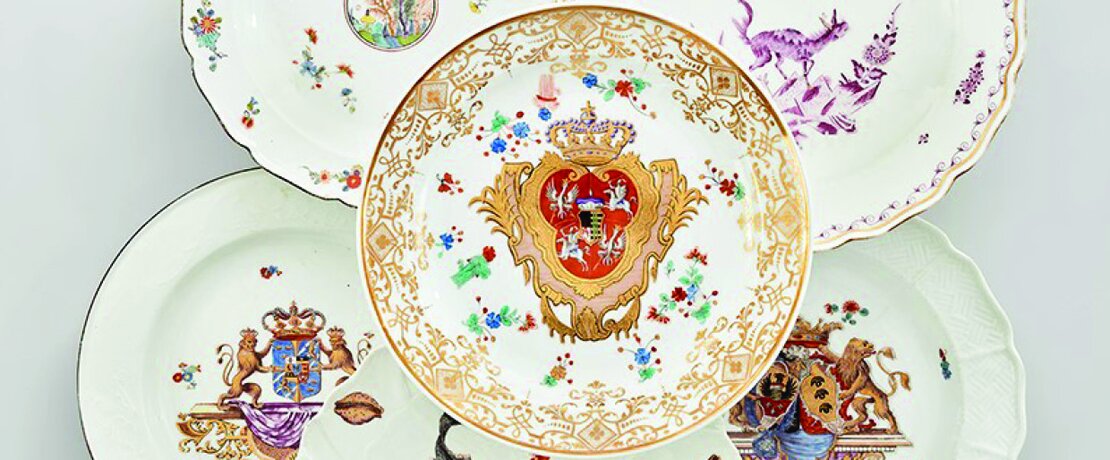The Collection of Renate and Tono Dreßen
On November 13th, Lempertz will again be auctioning a highly important collection of outstanding Meissen porcelain. Built up over a period of 40 years by the Münster property developer Tono Dreßen (1931-2019), this widely acclaimed collection was exhibited in the Lackmuseum in Münster and made known to the wider public in 2018 in a publication by the Deutscher Kunstverlag under the title “Blütenlese”.

Tono Dreßen’s love for porcelain began in the 1970s, with a preference for tableware. In this first auction of selected objects from his collection, 140 lots will be offered for sale including the exceptional armorial porcelains and service dishes in the finest early ground colours with over 40 single pieces from the important service deliveries to the European courts and beautiful decoration from the early Hoeroldt workshop.
Maria Leszczyńska, Queen of France by marriage to Louis XV, Marc de Beauvau Prince de Craon, Pope Benedict XIV, Tsarina Elisabeth Petrowna, Field Marshall Pjotr Alexandrowitsch Rumjanzew, the King of Sweden and the King of Denmark, as well as many German, French and Italian noble families were proud owners of Meissen porcelain services commissioned as diplomatic gifts by the Saxon King August III. The most famous of all services, the Swan Service, was designed by the manufactory director and Saxon Prime Minister Heinrich Graf Brühl, a gift as it were, however, to himself.
Dreßen was the one who was in competition with Said Marouf and the Hoffmeister brothers, and over many years helped to shape the prices for these porcelains. One of the most important and passionately acquired porcelain collections now comes to the market, a collection which testifies in equal measures to great taste and knowledge, and we are pleased to be able to present this to you in a special catalogue.
We hope you enjoy studying the colourful, informative catalogue, presented in German and English, taking you back to the period between 1710 and 1750, a time when Europe was gripped by the voracity for the first German art product, Meissen porcelain, a manufactory which supplied all the noble courts and expanded into one of the first German model companies.
